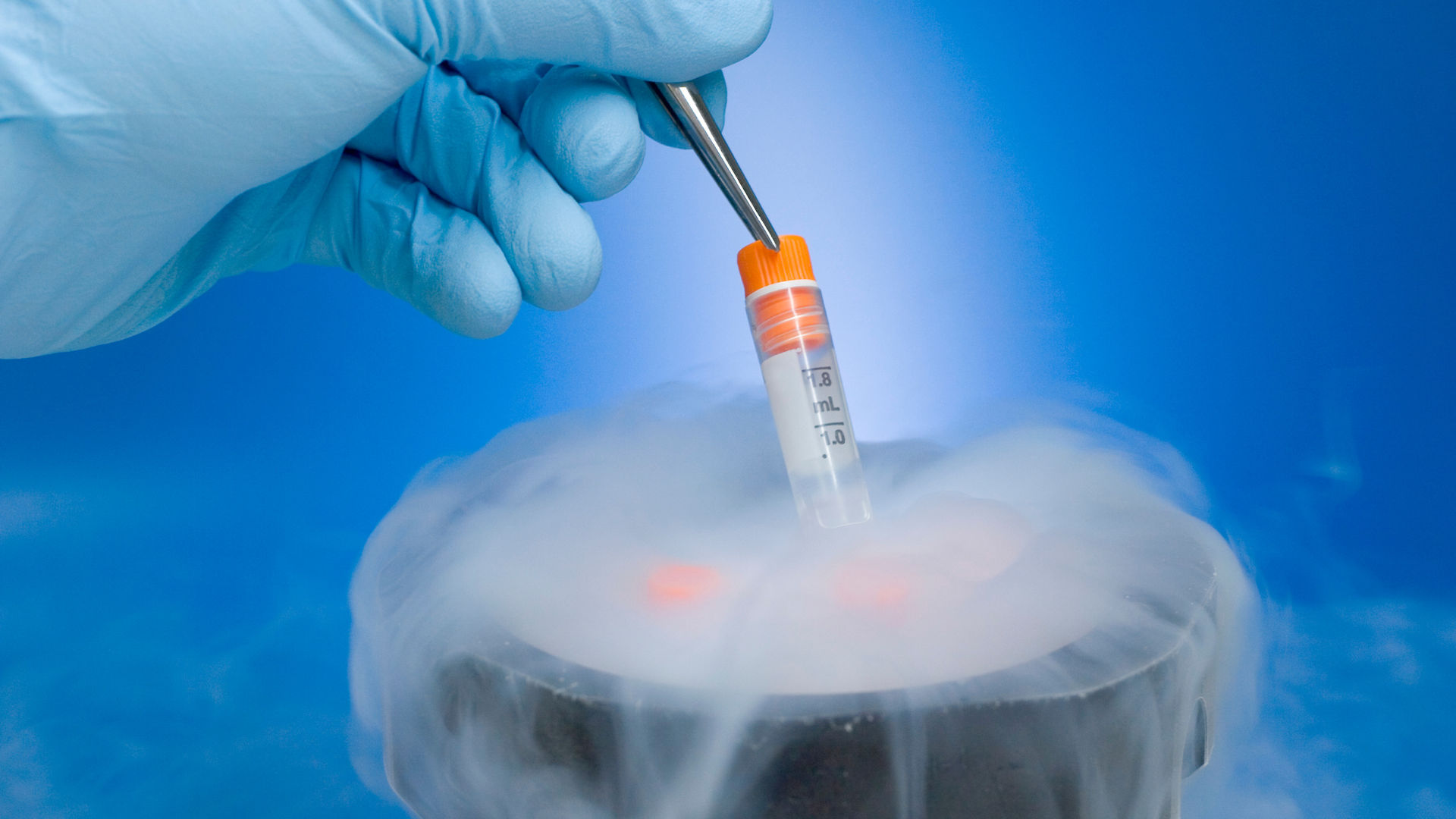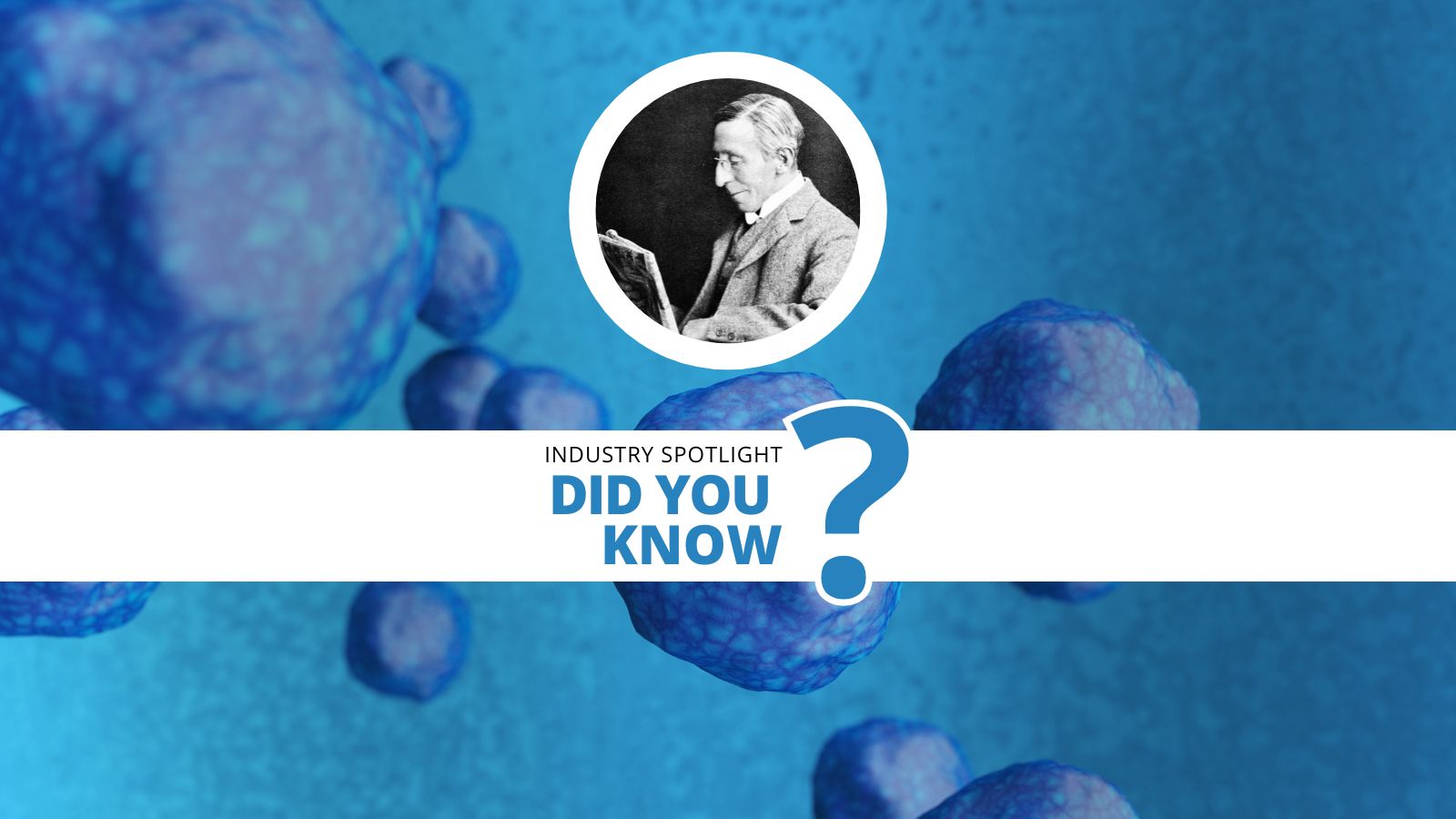MicroQuin’s Space-Based Research Uncovers New Pathways in Cancer Treatment

Introduction
MicroQuin is a biotech startup that reshapes disease treatment by controlling the intracellular microenvironment. The company recently partnered with the International Space Station (ISS) Natural Laboratory to grow 3D cultures of breast and prostate cancer cells to identify mechanisms behind transforming healthy cells into cancerous ones.
In labs on Earth, cancer cells tend to grow in a single layer due to gravity. However, microgravity on the ISS allows scientists to create larger 3D structures of cancer cells. These 3D structures more accurately represent how tumours grow and behave in the human body, making them more physiologically relevant than 2D cells.
Microgravity affects the growth patterns and behaviours of cancer cells. For example, microgravity causes changes in cancer cell signalling and gene expression which dictates how cancer cells respond to their environment and communicate with other cells. For many cancers, cell signalling pathways activated on Earth are suppressed in microgravity, potentially revealing new targets for treatment. These changes in signalling offer valuable insights into how cancer cells survive and thrive in different conditions.
Related Content:
- Putting Menopause on Hold: Could Ovarian Cryopreservation Prevent Menopause?
- The Seed and Soil Hypothesis for the Pathogenesis of Cancer Metastases
- Investigating Organoids and Spheroids as 3D Culture Systems
Scott Robinson, Chief Executive Officer and Founder of MicroQuin stated: “There are a lot of benefits you can get by doing work on the space station that allow us to understand what the key pathways for cancer are.”
Investigations
MicroQuin carried out two major investigations to investigate the behaviour of cancer cells in space.
- Crystallising the TMBIM6 protein
TMBIM6 (Transmembrane BAX Inhibitor Motif-containing protein 6) is a protein that is often upregulated in cancer cells and has been linked to cancer progression because it helps cancer cells evade apoptosis. It is difficult to purify and crystallise the protein on Earth. Meanwhile, crystals often grow larger in microgravity than those made on Earth. The team hoped to use the space station to produce crystals of TMBIM6 with sufficient quality for structural analysis.
- Growing 3D Cancer Cell Cultures
The second investigation aimed to grow 3D cultures of breast and prostate cancer cells in microgravity. Once on the ISS, the cell cultures were allowed to acclimate to the microgravity environment for a week. Half of the cultures were treated with a peptide-based drug and left to grow for an additional week. The cultures were then fixed frozen and returned to Earth for analysis.
Results and Wider Implications
Upon analysing the 3D cancer cell cultures, the team identified several key pathways that are essential in what seems to be all cancers. These pathways are related to the intracellular environment and the functions of TMBIM6 are related to the intracellular environment. The team’s new findings showed the critical role intracellular environment regulators like TMBIM6 play in cancer cell survival, drug resistance, and cancer spread.
Building on new knowledge that TMBIM6 functions as a key intracellular environment and its structure, MicroQuin was able to improve its current therapeutic and develop a new small molecule drug. The drug binds with TMBIM6 inside cancer cells and changes how it regulates the intracellular environment.
Robinson explained how these findings have potential in other therapeutic areas: “At the heart of every disease or injury, you have an intracellular environment change and if you can alter how a disease changes the cell’s intracellular environment, you can either fully stop the disease or slow its progression.”
Conclusion
Overall, MicroQuin’s space-based research indicates the potential of microgravity to accelerate cancer research and uncover new therapeutic targets. By understanding how cancer cells behave in space, scientists can develop more effective treatments for patients on Earth. These findings not only have implications for cancer treatment but also for other diseases that involve changes to the intracellular environment. This research demonstrates how space-based R&D can deliver tangible benefits for humanity, offering hope that future cancer treatments will be more effective and provide new options for patients facing a diagnosis.








